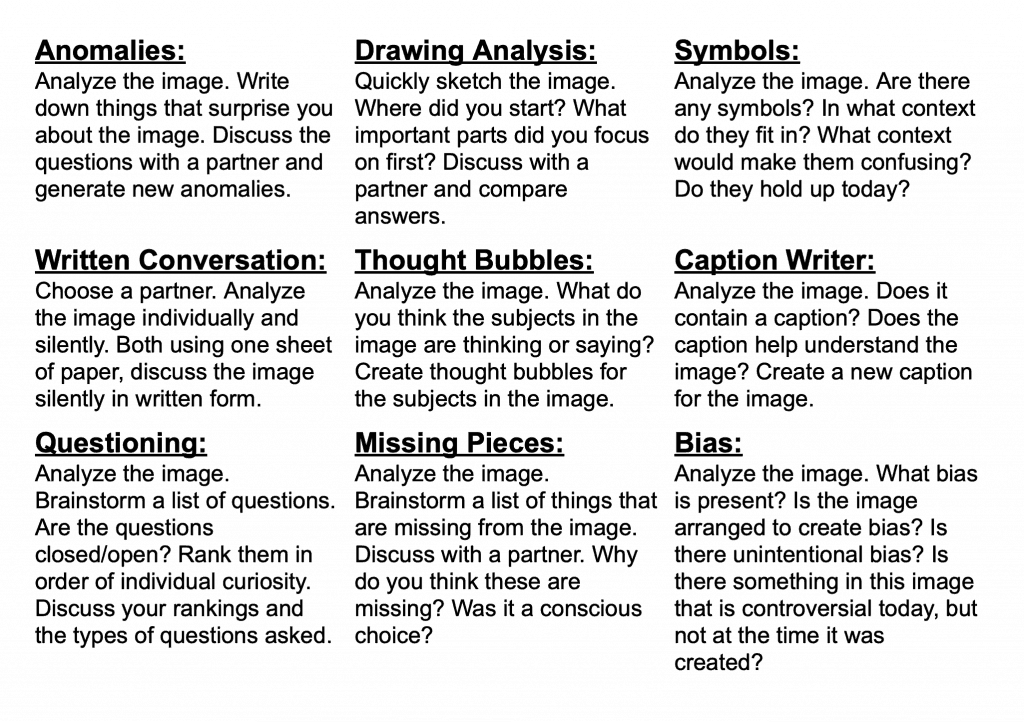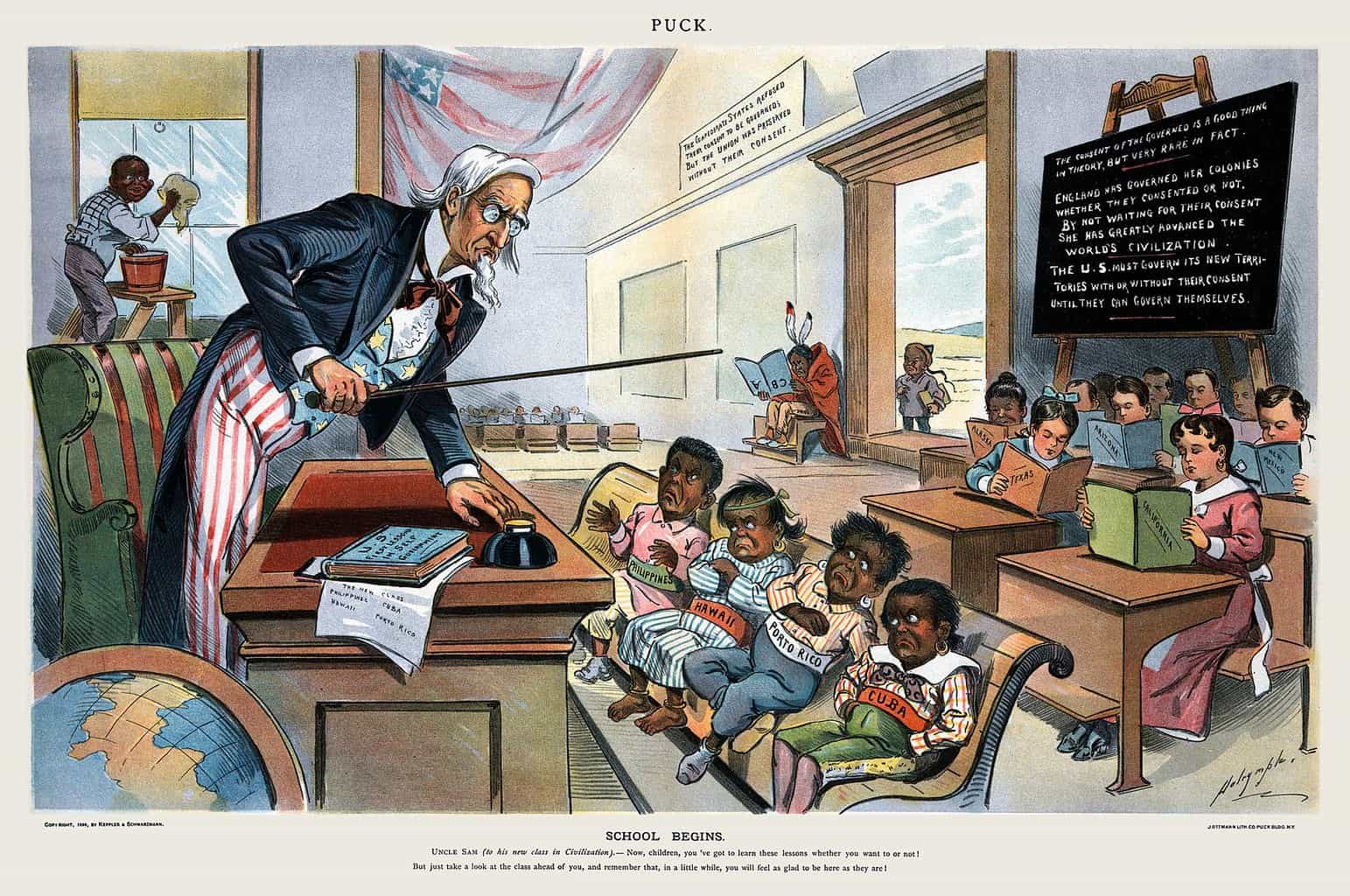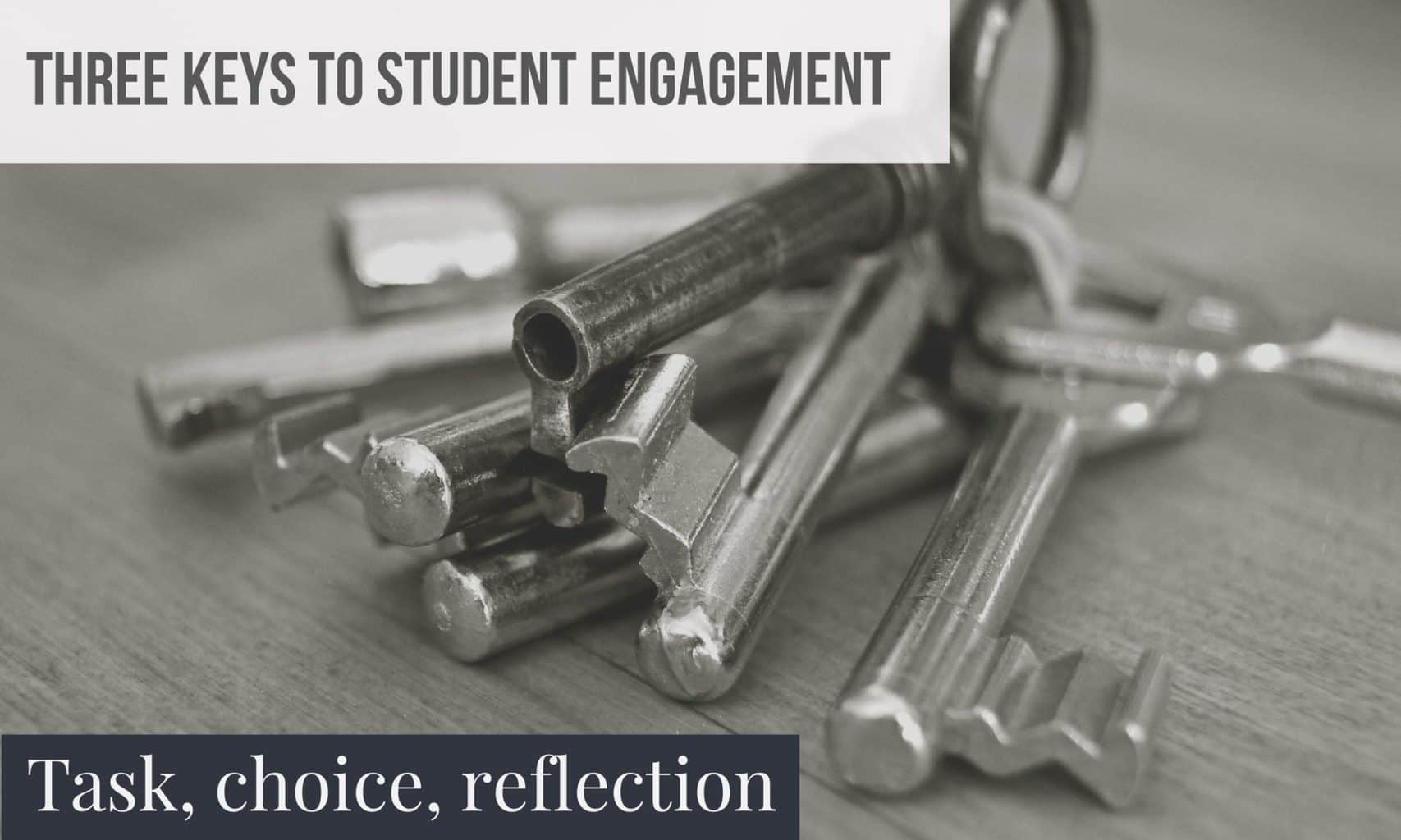Overview
Today’s class will focus on the subject of student engagement. We’ll use a presentation and a few activities to demonstrate how higher order thinking tasks, opportunities for student choice and fostering student reflection can both enhance student engagement and create deeper learning.
Class Session | Zoom Video
We will open with breakout group discussion of our last posts. Then Peter will do a presentation and demonstration of some thinking skills in action.
Assignment 3 | Image Icebreakers 20-A3
assigned viewing
- View this flipped lesson Who is the historian in your classroom? Created at TEDed using a video from Stanford History Education Group. (SHEG)
- Download Portland’s Japantown Revealed (free at iTunes). Published by your prof in 2014. You don’t have to read book in detail. Just get some background on Portland’s Japantown and subsequent incarceration of Japanese-Americans in WWII.
- Use this STUDENT GUIDE (1mb pdf) to focus your viewing of Uprooted and Japanese Relocation. Focus on looking for the key questions from the student guide:
– (3) How does the video say it?
– (4) How does the video connect to me? - View the 10 min video: “Uprooted.” made in 2014 by documentary filmmakers to accompany museum exhibit. It features historic video from World War II as well as oral history interviews with Japanese Americans that the filmmakers shot in 2013 and 2014.
- View the 9 min video: “Japanese Relocation (1942).” made in 1942 by the US government as an informational service to the US public. It features video shot in 1941 and 1942 and narration by Milton Eisenhower, director of the War Relocation Authority and (future) President Dwight Eisenhower’s younger brother.
Assigned Activity
Decide on a broad theme, era or topic and find 3 historical images. For each image use one of the following “Primary Source Icebreakers” as an “inspiration” for a prompt. The post should include:
- Interesting title
- Featured image
- Three images with prompts and responses
For each of the three images include:
- Icebreaker used
- Image
- Source of image as active hyperlink
- Any important context for image
- Pose specific icebreaker prompt(s) being used
- Include an expected student response to prompt that would indicate understanding of source image and prompt
Primary Source Icebreakers

Resources – Sample post
Note: this models using one image with one icebreaker. Your post should include three of these.
Thought Bubbles

Title: “School Begins” from Puck Magazine January 25, 1899
Context: This cartoon is titled “School Begins.” Caption at bottom states: Uncle Sam (to his new class in Civilization): Now, children, you’ve got to learn these lessons whether you want to or not! But just take a look at the class ahead of you, and remember that, in a little while, you will feel as glad to be here as they are!”
Icebreaker prompt: Create a thought bubble for three characters in the cartoon
Response:
Uncle Sam: “I hope I don’t regret letting these kids into my school!”
Kids in front row: “I don’t like our new teacher.”
Kids reading (note states they are from): “Remember when we were the new kids”
Additional FYI (not part of sample): Puck was the first successful humor magazine in the United States. It was published from 1871 until 1918. In 1881 some of Puck’s artists formed a rival satirical magazine: Judge. It was published until 1947. Both are great sources for political cartoons to use with your students.

